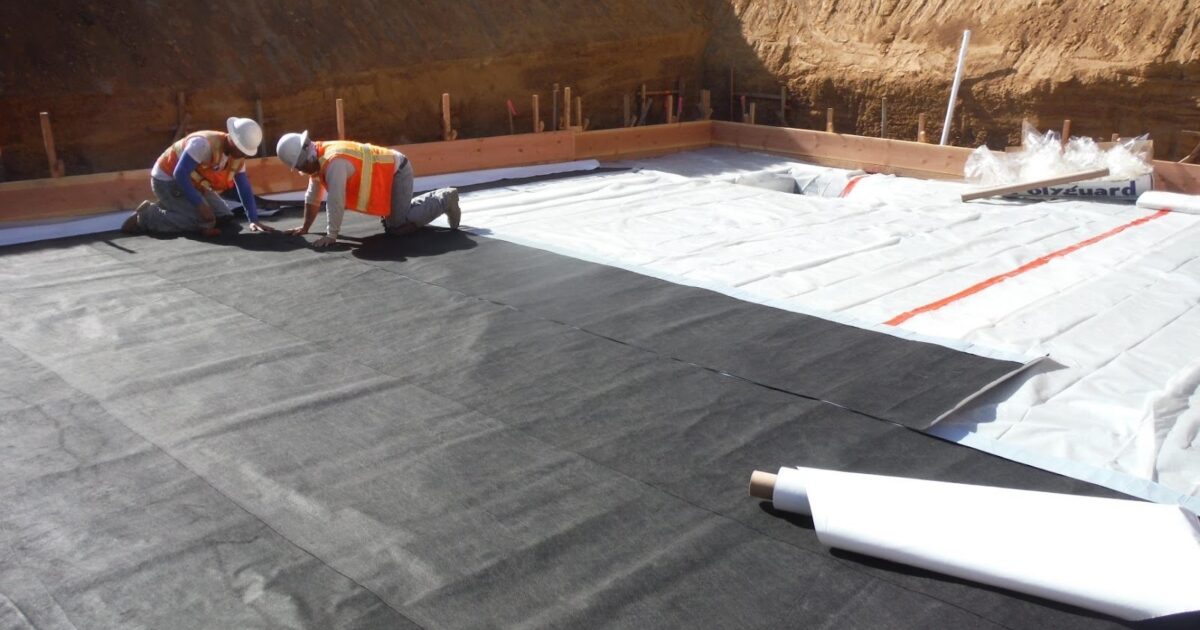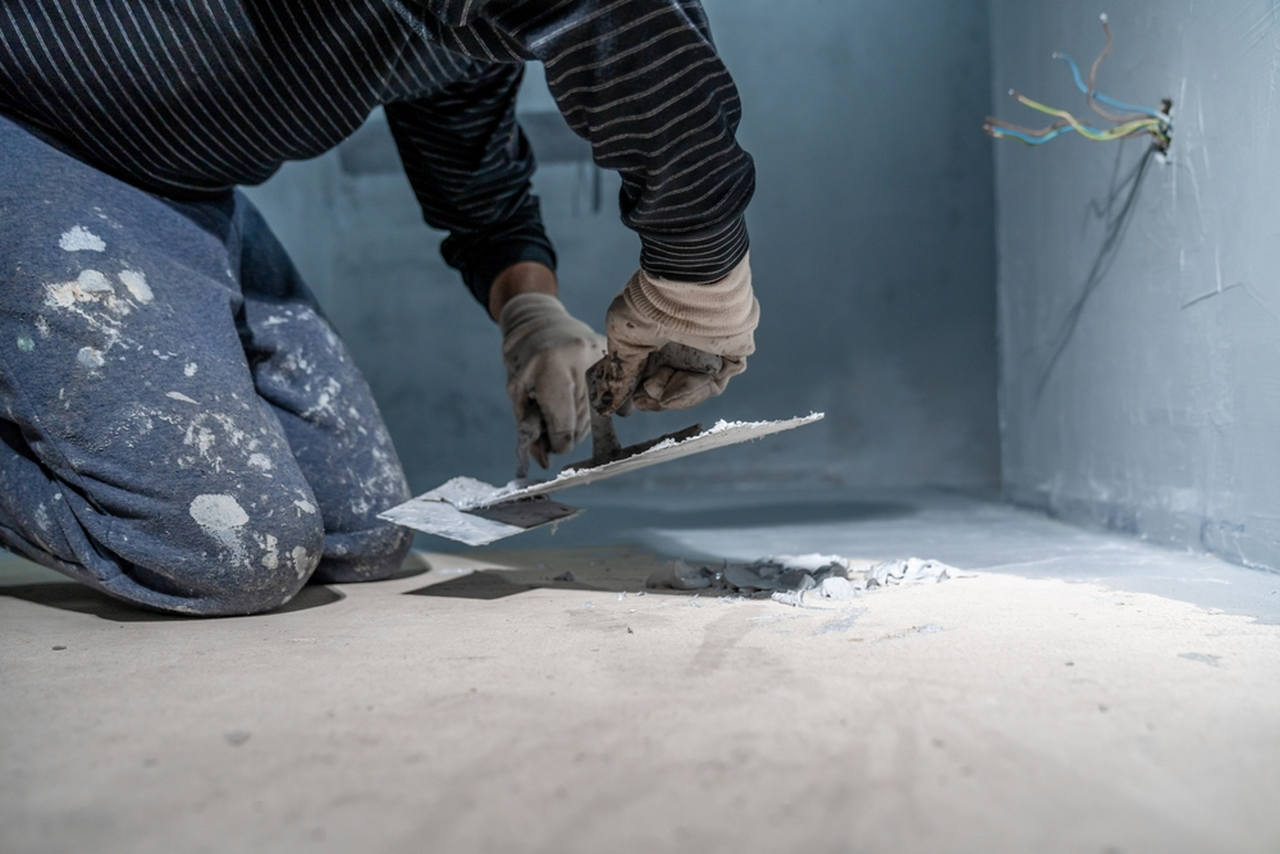Top 5 Reasons to Prioritize Basement waterproofing Omaha for a Mold-Free Living Space
Kinds of Waterproofing: Discovering the Numerous Techniques and Their Applications
Waterproofing is a crucial aspect of building and upkeep. It secures structures from the destructive results of water damages. There are a number of techniques available, each with its unique applications and advantages. From membrane systems to cementitious remedies, recognizing these alternatives is vital for reliable application. The selection of waterproofing method can considerably impact longevity and long life. Discovering these numerous strategies reveals their distinct advantages and possible difficulties, motivating additional factor to consider of suitable options.
Membrane Waterproofing Equipments
Membrane layer waterproofing systems work as a vital obstacle versus water breach in various structures. These systems usually are composed of thin sheets made from materials like rubber, polycarbonate, or bitumen, which are put on surfaces to avoid wetness infiltration. They can be mounted above or listed below grade and are particularly reliable in areas vulnerable to high water direct exposure, such as cellars, roofing systems, and foundations.The installation process includes cleaning the substrate, using adhesives or guides, and precisely suitable the membrane to assure total protection. Membrane systems can be either totally adhered, mechanically connected, or laid loose, depending upon the particular demands of the task. They provide durability and versatility, accommodating architectural movements without compromising their waterproofing abilities. Moreover, these systems can be enhanced with extra layers for enhanced defense. Ultimately, membrane layer waterproofing systems are essential for safeguarding frameworks against water damage and keeping lasting honesty.
Liquid-Applied Waterproofing Coatings
Liquid-applied waterproofing finishings give a versatile remedy for protecting surface areas from water seepage - Basement waterproofing Omaha. These finishings include liquid materials that, when used, form a seamless, versatile membrane. Their versatility enables application on numerous substrates, consisting of concrete, metal, and wood. The coverings can be made use of in diverse settings, from property to industrial setups, making them appropriate for roofs, foundations, and below-grade structures.One substantial advantage of liquid-applied coverings is their capability to satisfy uneven shapes and permeate fractures, creating a robust obstacle against dampness. They frequently display excellent bond buildings and resistance to UV radiation, making sure long life and toughness. Furthermore, the application process is commonly simple, permitting fast setup and lowered labor prices. This approach also decreases the risk of water pooling, as the constant layer effectively guides water far from at risk locations. On the whole, liquid-applied waterproofing finishes are an efficient selection for comprehensive water protection
Cementitious Waterproofing Solutions

Cementitious waterproofing services provide a robust option for cold applied waterproofing frameworks requiring reliable moisture security. These systems mainly use a blend of cement, sand, and chemical additives to create a water resistant obstacle. They are typically used to surface areas such as concrete walls, structures, and floorings, giving a sturdy, durable defense versus water intrusion.One of the key advantages of cementitious waterproofing is its simplicity of application; it can be applied utilizing a brush, roller, or spray, making it ideal for various project sizes. In addition, this method is compatible with several surface areas and can usually be made use of along with other waterproofing techniques.Cementitious services are especially reliable in settings where water exposure is an issue, such as cellars or below-grade frameworks. Their superb attachment residential or commercial properties ensure that they bond well with substratums, offering a solid and impermeable layer versus moisture infiltration.
Bentonite Waterproofing
Bentonite waterproofing is a highly reliable technique that uses sodium bentonite clay to blue max waterproofing create a natural obstacle against water. This strategy exploits the one-of-a-kind properties of bentonite, which broadens upon call with water, sealing any kind of potential leaks and avoiding dampness infiltration. It is frequently used in different applications, consisting of foundation wall surfaces, passages, and preserving wall surfaces, where water resistance is essential.Bentonite can be used in a number of types, such as panels or blankets, giving flexibility in setup. Its capacity to self-seal makes it an appealing alternative for areas subject to changing dirt or changing water degrees. In addition, bentonite waterproofing is eco friendly, as it is an all-natural material that does not introduce dangerous chemicals into the surroundings.
Water Drainage and Outside Waterproofing Systems
Reliable waterproofing frequently includes a combination of strategies, consisting of drain and outside systems. Drain systems, such as French drains pipes and sump pumps, are designed to reroute water away from frameworks, decreasing hydrostatic pressure versus foundations. These systems are essential in preventing water build-up that can lead to architectural damages and mold growth.External waterproofing, on the various other hand, entails applying protective barriers to the building's exterior. Techniques such as the installment of water resistant membrane layers, coverings, or sealants can assist avoid water infiltration. This technique not only protects the foundation however also boosts the total durability of the structure.Together, water drainage and view it exterior waterproofing systems develop a detailed service to handle water efficiently. By applying these approaches, residential or commercial property proprietors can guard their investments against the destructive effects of moisture, making certain long-term stability and security for their structures.
Frequently Asked Concerns
Exactly how Do I Select the Right Waterproofing Method for My Task?
Selecting the best waterproofing method depends on variables such as job type, ecological conditions, spending plan, and wanted durability. Evaluating these facets permits informed choices tailored to specific demands and needs.

Can Waterproofing Be Applied in Cold Weather Condition Conditions?
Waterproofing can be applied in winter problems, yet it needs particular materials and techniques. Cold temperatures may affect treating times and bond, demanding cautious choice of products created for low-temperature application.
What Are the Common Indications of Waterproofing Failure?
Typical indications of waterproofing failure consist of visible water discolorations, peeling paint, wet odors, mold development, and fractures in walls or structures. French drain installation Omaha. These indications recommend that wetness is penetrating the obstacle, endangering its performance
The Length Of Time Does Waterproofing Last Before Needing Upkeep?
The durability of waterproofing varies, commonly lasting between 5 to ten years. Factors such as material high quality, ecological conditions, and maintenance practices influence its toughness, requiring regular evaluations to ensure reliable protection against water intrusion.
Exist Eco-Friendly Waterproofing Options Available?
The inquiry of environment-friendly waterproofing alternatives reveals an expanding interest in sustainable materials (Yard drainage Omaha). Various natural materials, such as plant-based sealants and recycled products, offer efficient options while decreasing environmental effect, attracting environmentally conscious consumers